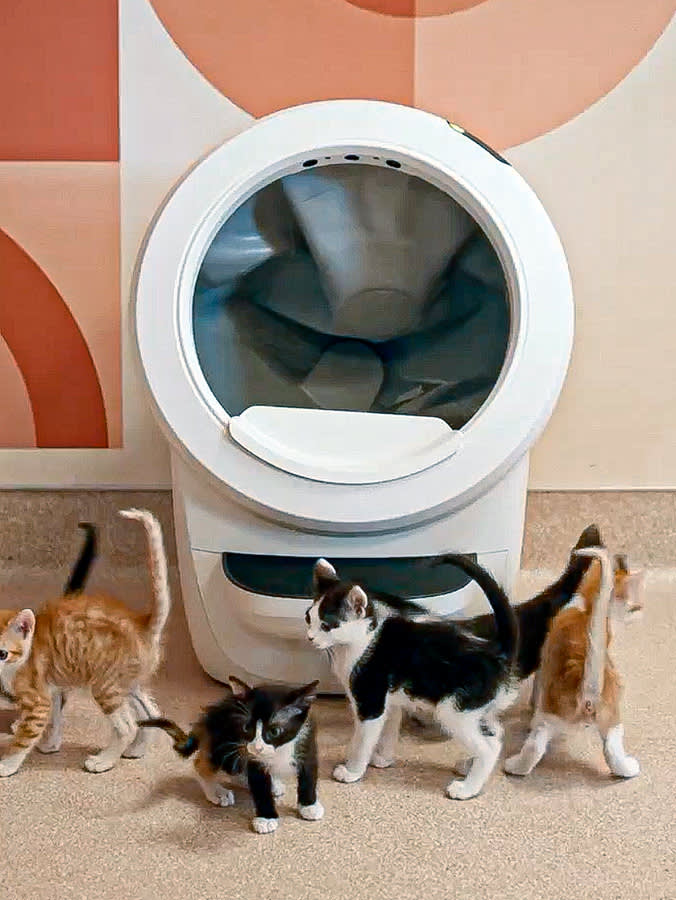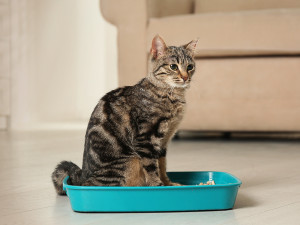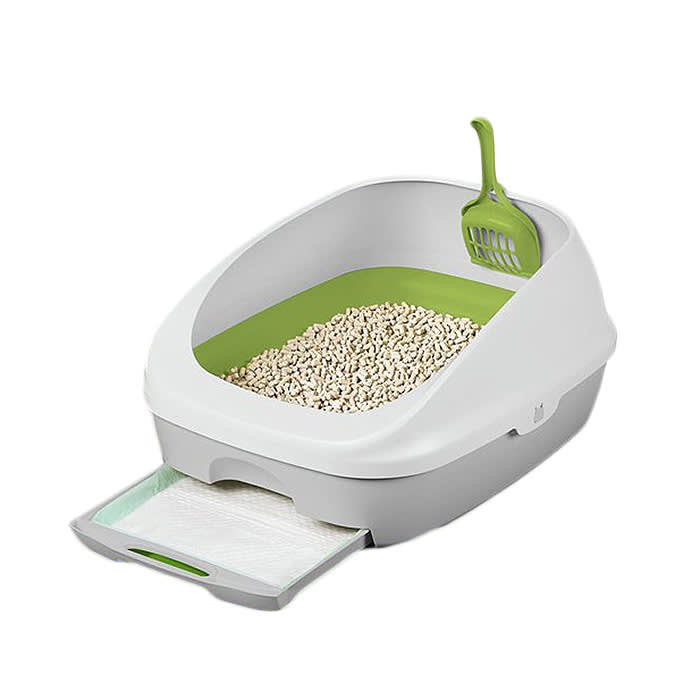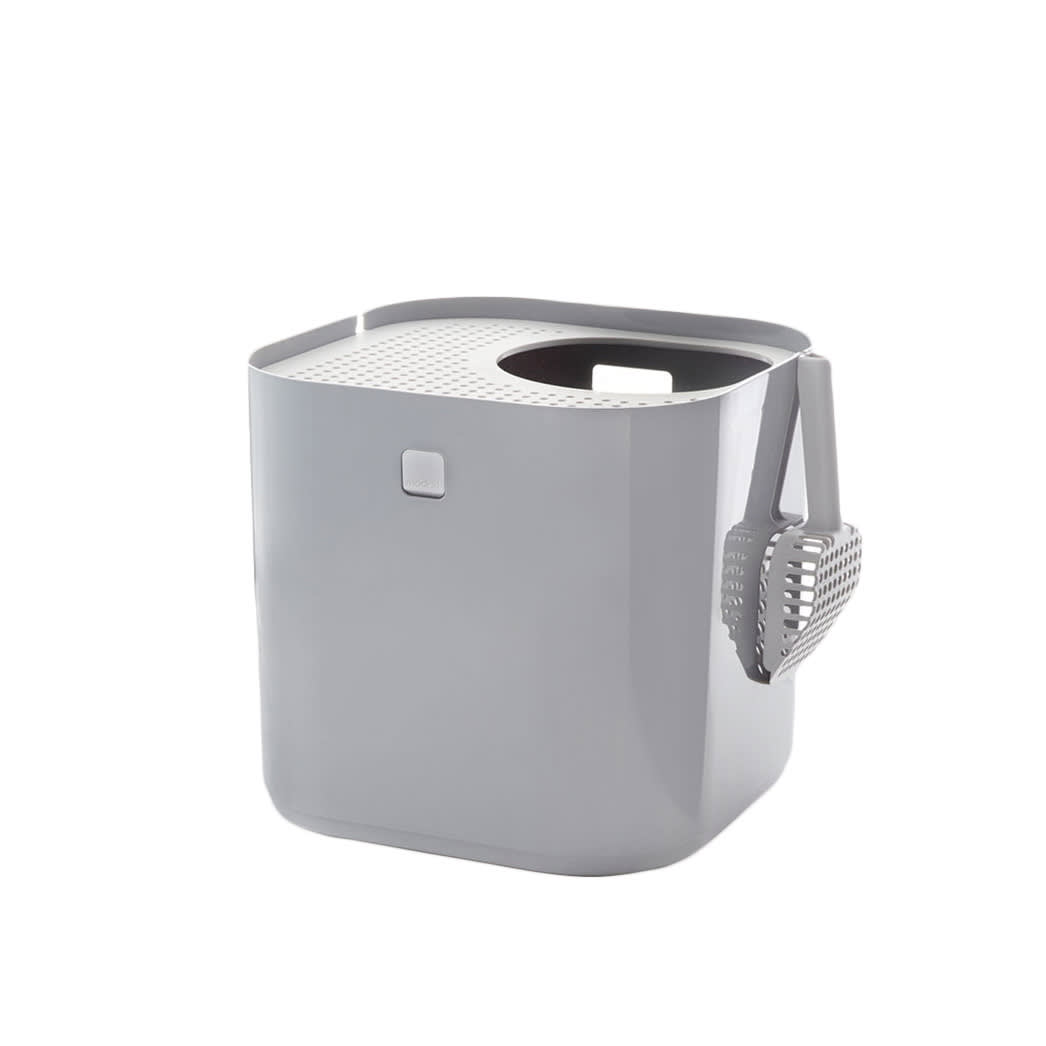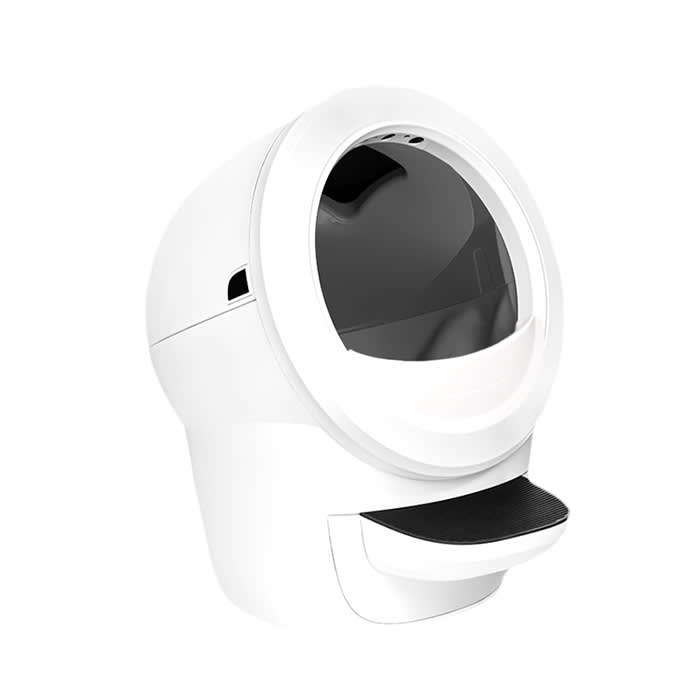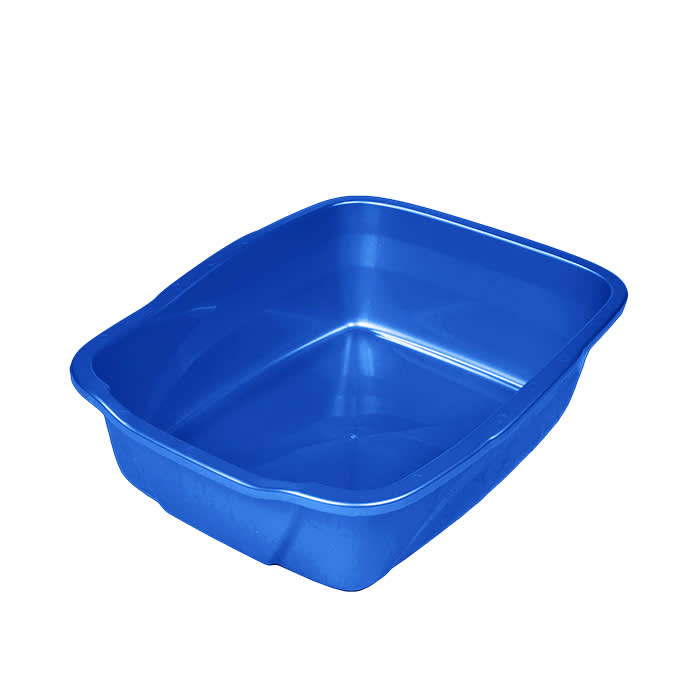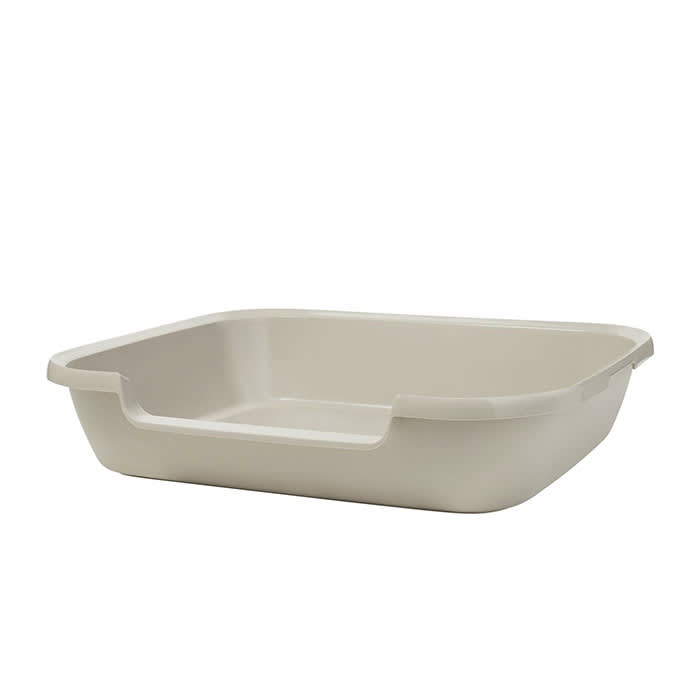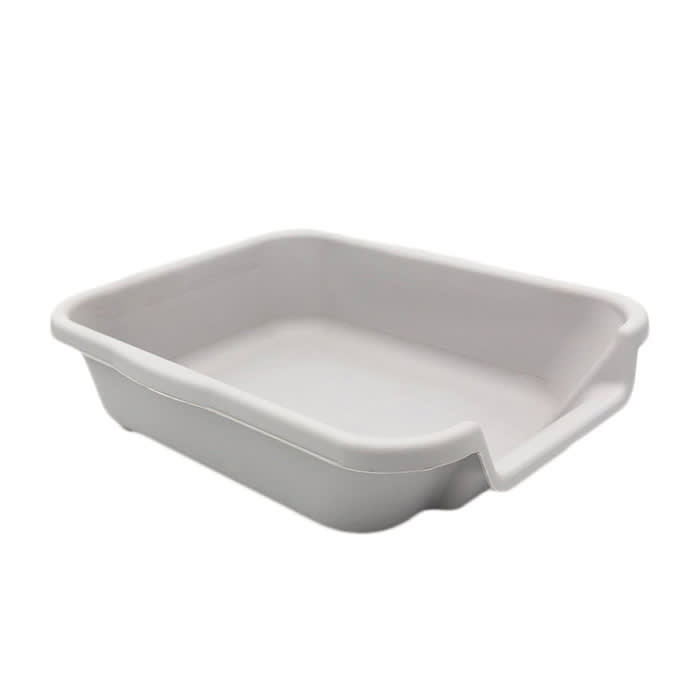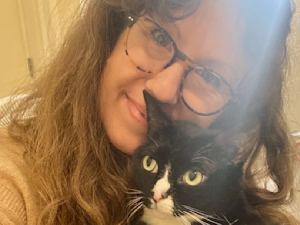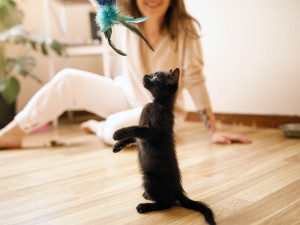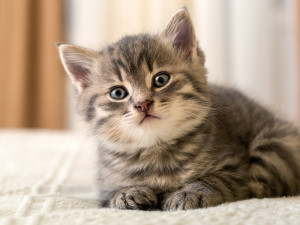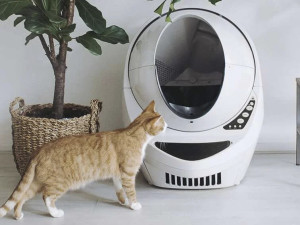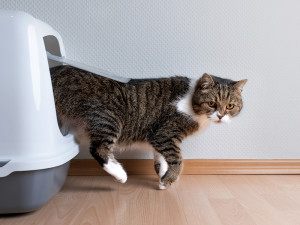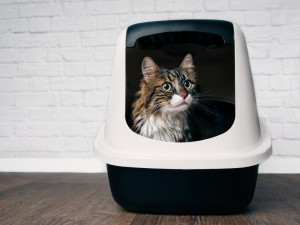The Best Litter Boxes for Kittens in 2025
Help your little one learn the ropes.
In This Article:
How To Choose a Litter Box for a Kitten The Best Litter Boxes for Kittens Best Open-Top Litter Boxes for Kittens Best Easy-Entry Litter Boxes
The day I adopted my cat Freddy, the shelter sent us home with a tiny cardboard tray to use as a litter box. That was fine for a little while; she was literally small enough to fit in the palm of my hand. We were technically fostering her, because she was too young to be officially adopted — she’d been found alone, abandoned and sick, poor baby. She was what is commonly known as a “foster fail” and just too cute to give up.
Soon enough, however, she outgrew that makeshift litter box. We needed a new litter box, one that would last us for a while, but that wasn’t too big for her to navigate, because she was still quite small.
Litter boxes for kittens come in a range of styles and sizes, and most aren’t specifically labeled as being for kittens. But if you know what to look for, it’s not hard to find one that will work for your tiny pal. The best litter box for a new kitten is the litter box they will actually use.
Choosing the right litter box for your kitten is essential to help them feel comfortable peeing and pooping. A box with low sides will accommodate the smallest of kittens and make entry and exit easy. You can also consider an open-top design to ensure accessibility and visibility for your curious kitten. As your kitten grows, however, you might need to transition to a larger box.
How much do you spend on your pet per year?
Keep reading for expert tips on litter box training your kitten, what to keep in mind when shopping for a litter box, and a few of our favorite litter boxes for kittens.
What qualities are important in a litter box for a kitten?
When choosing a litter box for your kitten, keep a few things in mind:
If you have multiple cats at home, they’re bound to end up using the same litter box — so don’t worry too much about having one specifically for kittens. I asked cat behaviorist Stephen Quandt, founder of Stephen Quandt Feline Behavior Associatesopens in new tab, if there’s a way to prevent cats from sharing a litter box, and his answer was an unequivocal “no.” “Cats will use whatever is available to them when they want to use them,” he says. (Typical cat behavior.)
High-walled litter boxes are good for containing messes, but they may be difficult for tiny cats to climb in and out of. “So long as the kitten can get in and out of them with ease there is no issue, but some kittens, especially if they are very young, may need a low-walled box,” Quandt says.
Kittens grow up fast! So again, a small kitten litter box is not a great investment. Quandt puts it bluntly: “Don’t buy a small box or you’ll just have to throw it out when the kitten grows up.” (That cardboard tray worked fine for my tiny sick foster kitten for the first week she was at home with me.)
The best litter boxes for kittens
If you’re in the market for a litter box for a kitten, you’ve come to the right place. We rounded up a few favorite recommendations, below.
Best open-top litter boxes for kittens
An open-top litter box is a good choice for many cats, per Quandt. “Some cats feel ill at ease in a covered box.” Why? It’s not that your cat has claustrophobia — it’s that they need to feel safe. “In nature, cats are vulnerable when eliminating so they instinctively like to be able to scan in all directions to see threats,” he says.
That’s not the only reason to opt for an open-top litter box, either. “Covered boxes may trap odor, making them less appealing to cats and making you scoop more often,” Quandt adds. “Covered boxes help keep litter and urine inside the box, but a high-walled open box helps with that, too.”
Best easy-entry litter box for kittens
Tiny kittens may need a low-walled litter box that they can easily get in and out of. Luckily, there are plenty to choose from (and you don’t have to resort to using a cardboard lid, like I did — though full disclosure, that did work perfectly fine for a while). Try this box for your new kitten. For kittens three to five weeks old and kittens six weeks-plus, these boxes are easy to access, as their little legs can only climb so much.
FAQs (People also ask):
What are the main types of litter boxes?
There are three main types of litter boxes: Covered boxes, open-top boxes, and automatic, aka electric, litter boxes. If you’re not sure whether your cat will use a covered litter box, try getting a box with a cover that can be removed in case your kitten doesn’t seem to like it.
Can my kitten use an automatic litter box?
If your cat is under three pounds, make sure the Litter Robot or other automatic litter box is not in automatic cleaning mode by powering it down between uses. “If your kitten does not meet this minimum weight, leave Litter-Robot off to operate in ‘semi-automatic’ mode,” the site’s experts write. “When you see your kitten has used Litter-Robot, turn it on, and Litter-Robot will automatically perform a clean cycle. Once it finishes, turn the power off.”
How can I get my kitten to use a litter box?
Wondering how to litter box train a kitten? Good news: Most cats will figure it out instinctively, without much help from you. Put the litter box in a place that’s quiet and private, yet easy for them to access, place them in the box to introduce them to it, and nature will generally take care of the rest.
Can kittens share litter boxes?
The short answer is that kittens can and will share litter boxes, but they shouldn't be forced to. “Many veterinarians and cat behaviorists suggest having one more litter box than you have cats,” says Dr. Kelly Diehl. “The litter boxes should be scattered on different levels of the house, or at least away from each other; don’t have two sitting side-by-side,” she says.
